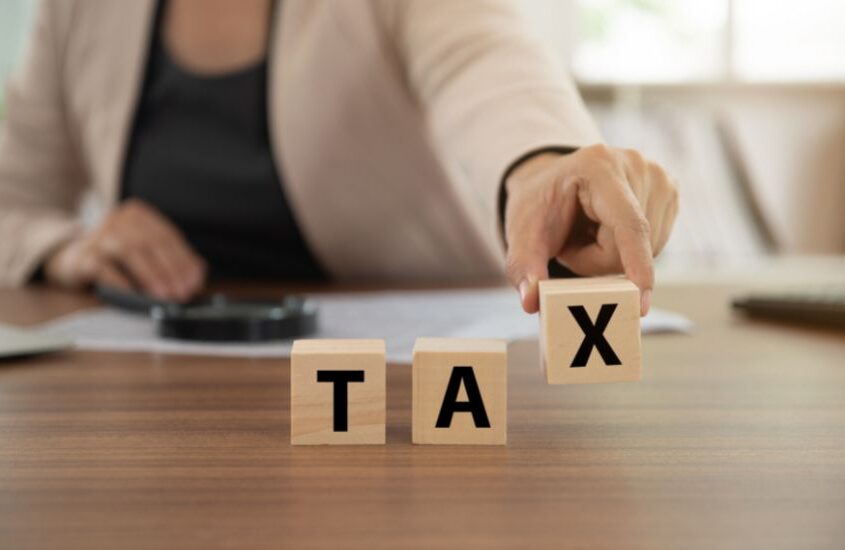How long to get tax refund 2023 canada

When it comes to filing taxes, the anticipation of receiving a tax refund can be exciting. For many Canadians, a tax refund can provide a much-needed financial boost. However, it can be frustrating to wait for the refund to arrive. This article will provide an overview of the Canadian tax refund system and explore how long it typically takes to receive a taxes refund in Canada.
Overview of Canadian Tax Refunds
Before discussing how long it takes to get a taxes refund in Canada, it’s important to understand the Canadian tax system. In Canada, individuals are required to file a tax return each year. The tax return calculates the amount of tax owed to the government based on income earned during the previous year.
The most common type of tax return filed by individuals in Canada is the T1 General Tax Return, which comprises different types of tax returns. Additionally, Canadians may also file a T2 Corporate Tax Return, a T3 Trust Tax Return, or other types of returns depending on their unique tax situation.
If an individual has paid more tax than they owe, they may be eligible for a tax refund. The government typically pays out the amount owed to the taxpayer after processing the tax return.
Processing Time for Tax Refunds in Canada
The amount of time it takes to process a tax return and issue a refund in Canada can vary depending on several factors.
The processing time can be impacted by the type of return being filed, the complexity of the return, and the method of filing. Additionally, the time of year can also play a role.
According to the Canada Revenue Agency (CRA), the average processing time for a tax refund in Canada is around two weeks for returns filed online and eight weeks for paper returns. However, these processing times are just estimates and can vary based on the factors mentioned above.
It’s important to note that there can be delays in receiving a tax refund. For example, if the CRA requires additional information or documentation from the taxpayer, this can delay the processing time. Additionally, if there are errors or discrepancies in the return, this can also cause a delay.
How to Check the Status of a Canadian Tax Refund
If you’re wondering about the status of your Canadian tax refund, there are several ways to check. One option is to check online through the CRA’s My Account portal. To access this portal, taxpayers need to create an account with the CRA and verify their identity.
Alternatively, taxpayers can call the CRA’s automated refund line at 1-800-959-1956. This line is available 24/7 and provides an automated update on the status of a refund. Taxpayers can also check the status of their refund by mail by submitting a Refund Inquiry Form to the CRA.
A tax refund is money returned to an individual by the government after they have paid more in taxes than they owe. This can happen if the taxpayer had too much money withheld from their paycheck. If they qualify for tax credits and deductions. To claim a tax refund, individuals typically need to file a tax return with the government. If the return shows that they overpaid in taxes. They will receive a refund check or direct deposit for the excess amount.
Tips for Speeding Up Tax Refund Processing Time
While there’s no guaranteed way to speed up the processing time for a Canadian tax refund, there are some tips that taxpayers can follow to help expedite the process.
This includes providing all necessary documentation and double-checking for errors or omissions. Electronic filing can help speed up the processing time, reduce the likelihood of errors, and ensure that the CRA receives the return more quickly.
Another tip is to file early. Filing early can help the IRS process your return before the peak tax season, which can reduce processing times. Additionally, filing early may also result in receiving a refund earlier in the year.
Finally, if a taxpayer needs their refund urgently, they may be able to apply for a Tax Installment Payment Plan (TIPP). A TIPP allows taxpayers to make regular payments towards their tax bill throughout the year, rather than paying one lump sum at tax time. This can help spread out the financial burden and make it easier to manage. Additionally, if a taxpayer is eligible for a refund, the CRA may apply the refund towards any outstanding tax debt. Which can further reduce the financial burden.
Conclusion
The length of time it takes to receive a tax refund in Canada can vary based on several factors. While the average processing time is around two weeks for online returns and eight weeks for paper returns, there can be delays due. The complexity of the return, the time of year, or other factors.
To check the status of a refund, taxpayers can use the CRA’s online portal, automated phone line, or submit a Refund Inquiry Form by mail.
Taxpayers can speed up the processing time by completing their tax return accurately and in full. Filing early, and considering applying for a TIPP. If they need to spread out the financial burden of their tax bill. By following these tips and understanding the Canadian tax refund system. Taxpayers can better manage their finances and potentially receive their tax refund more quickly.









